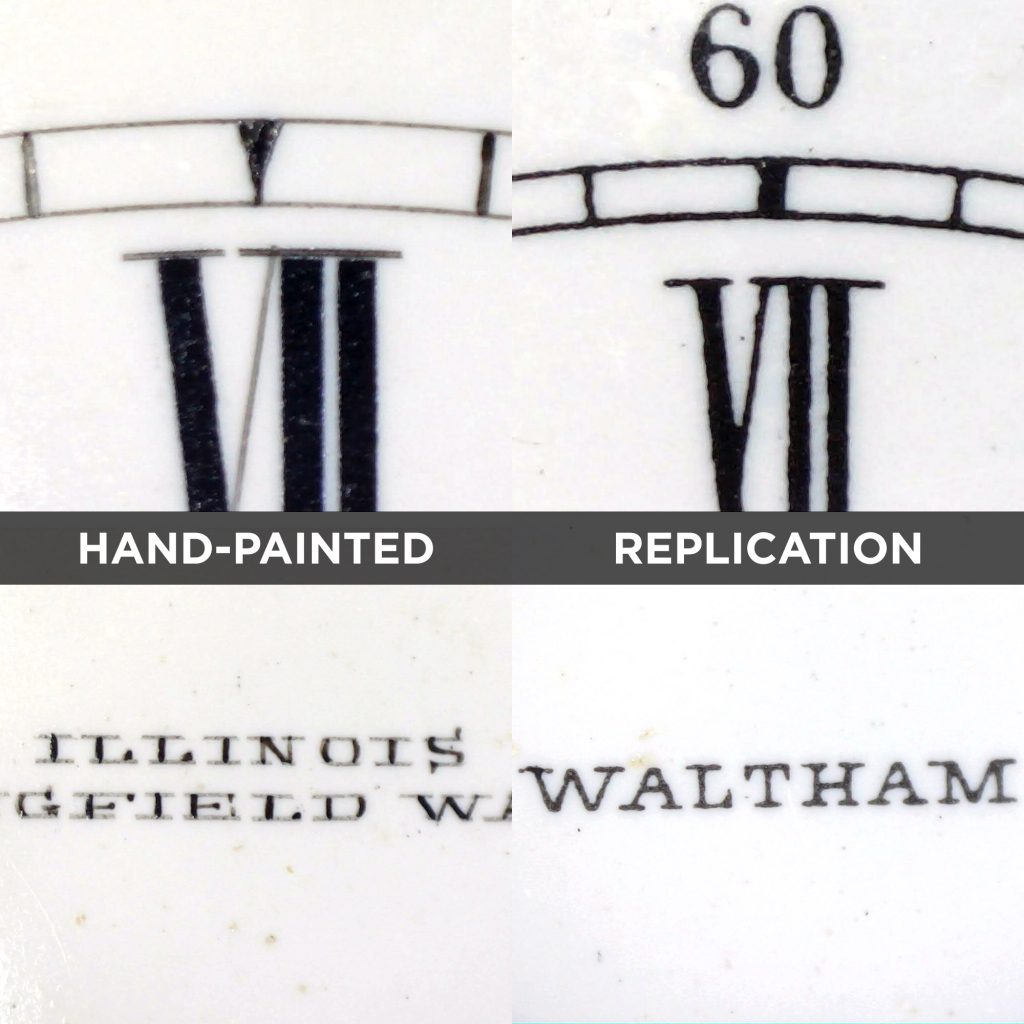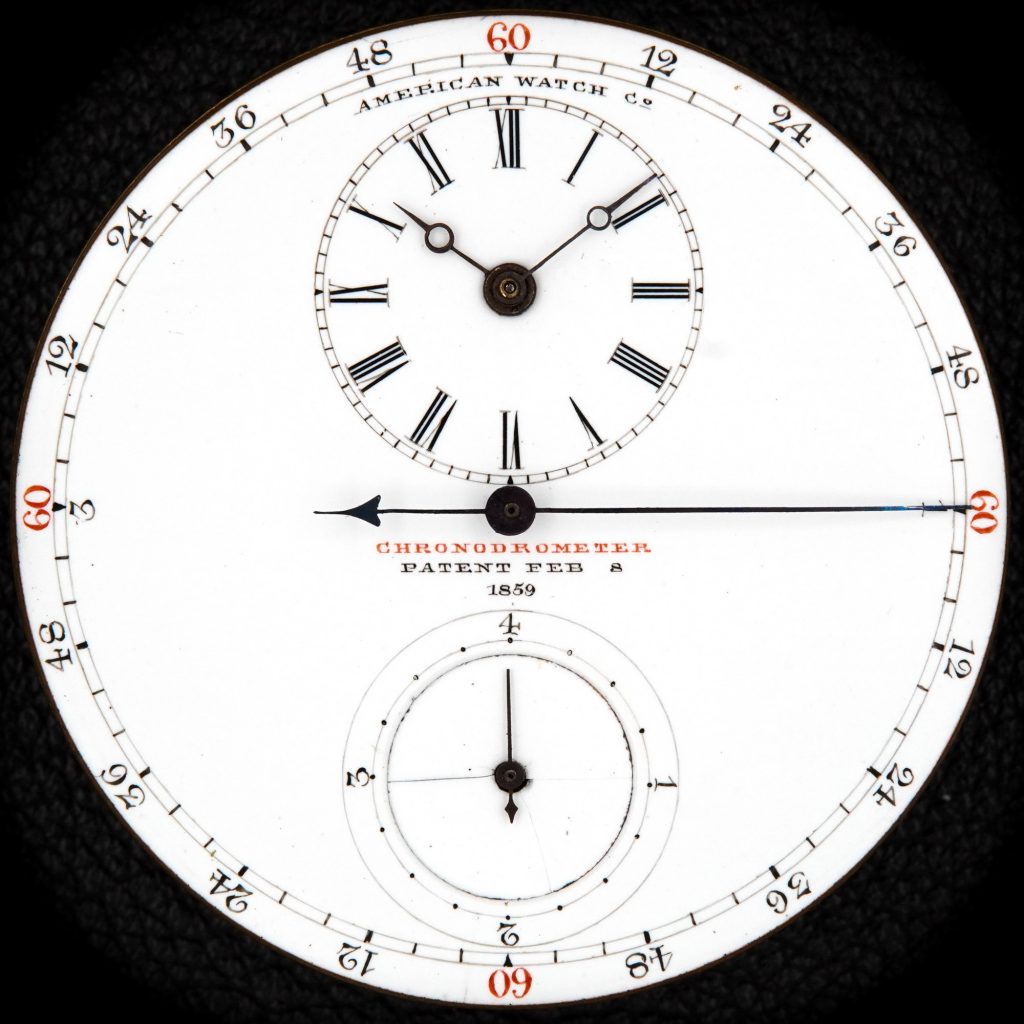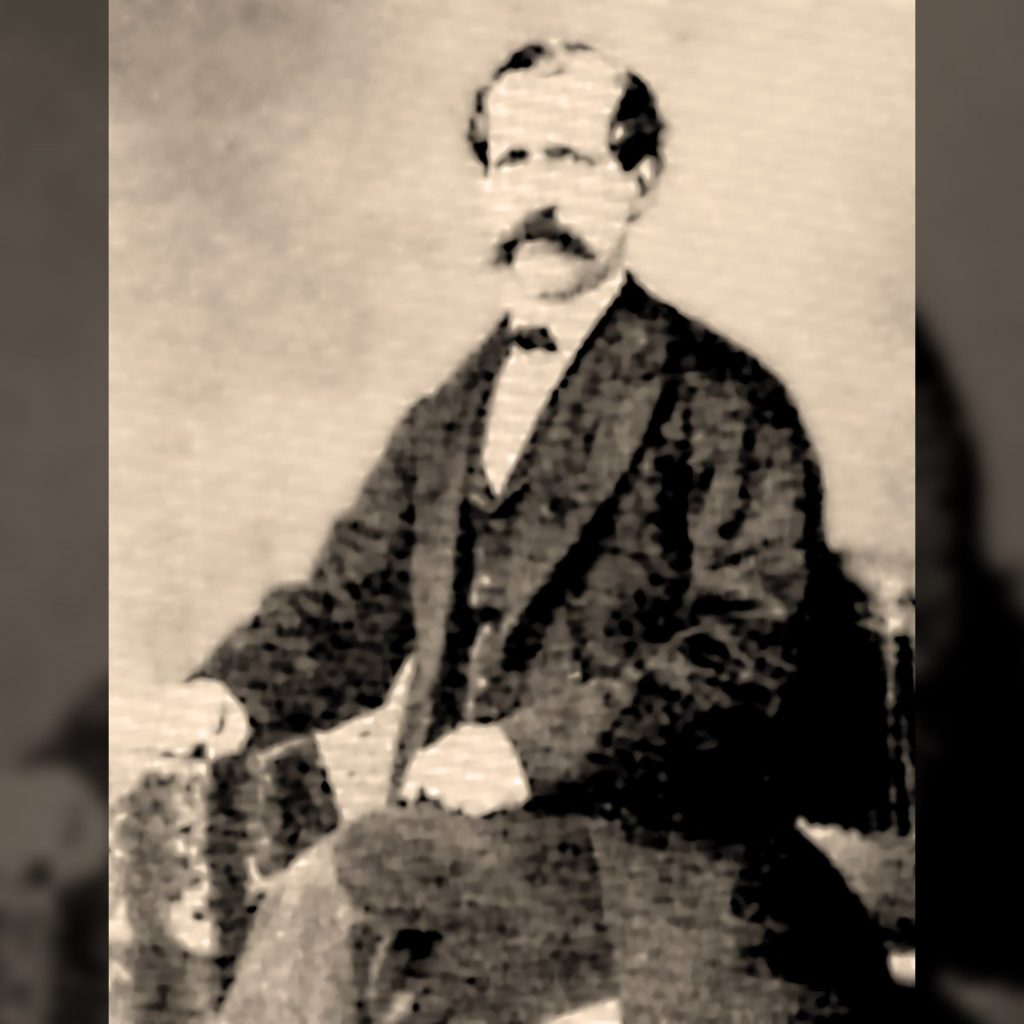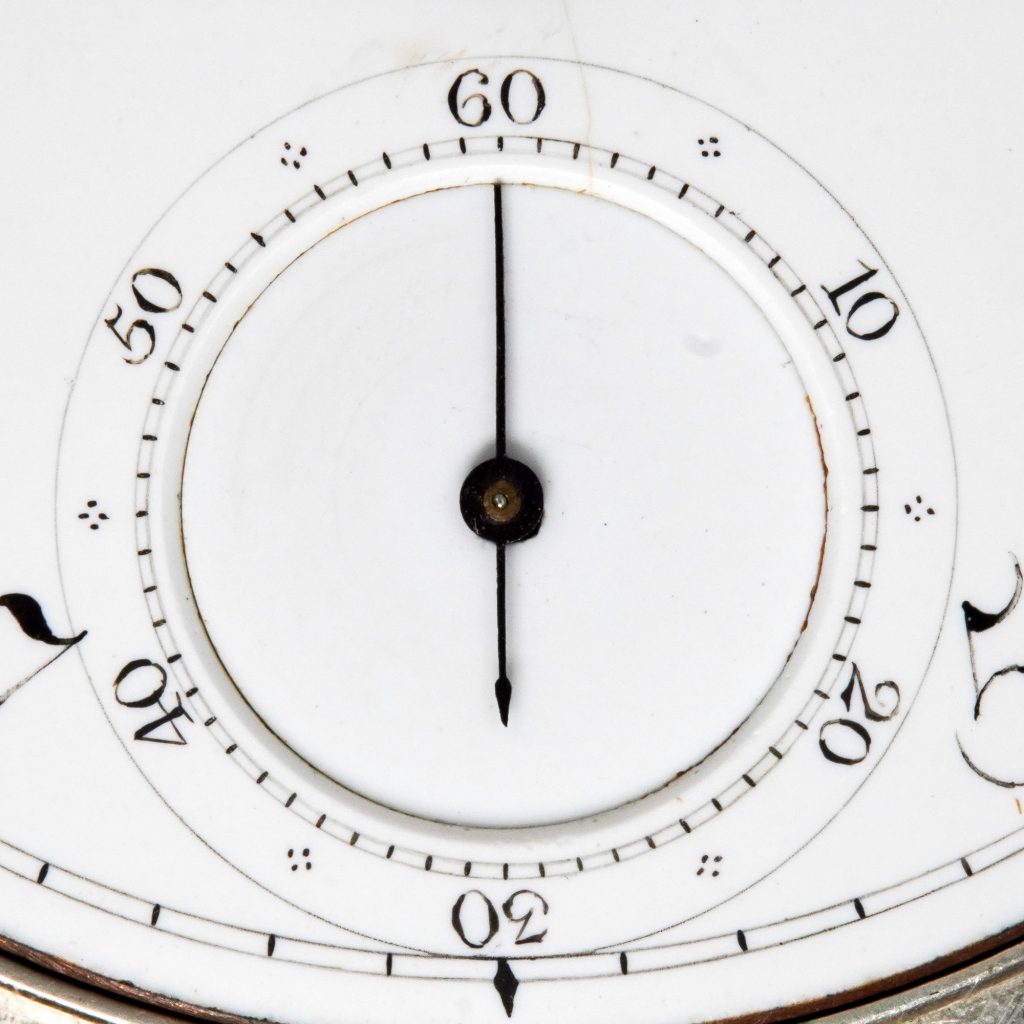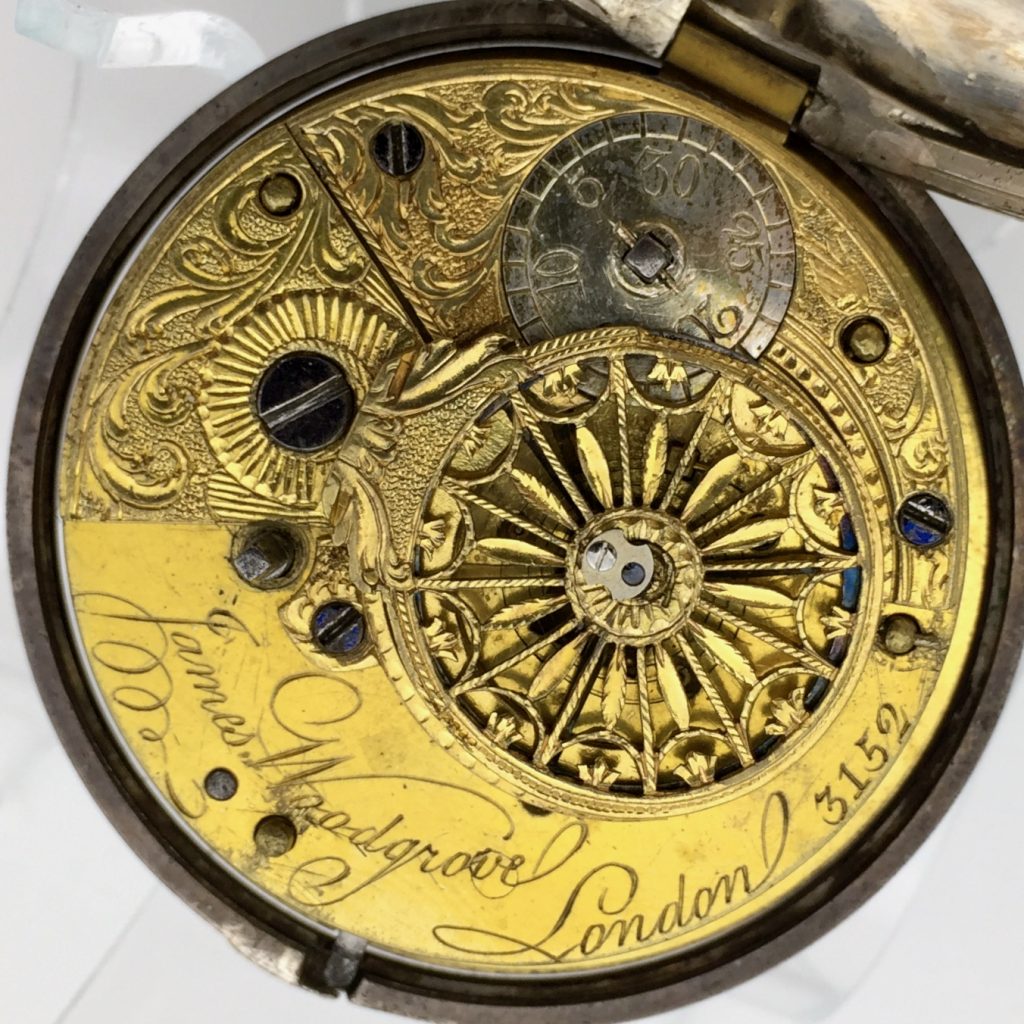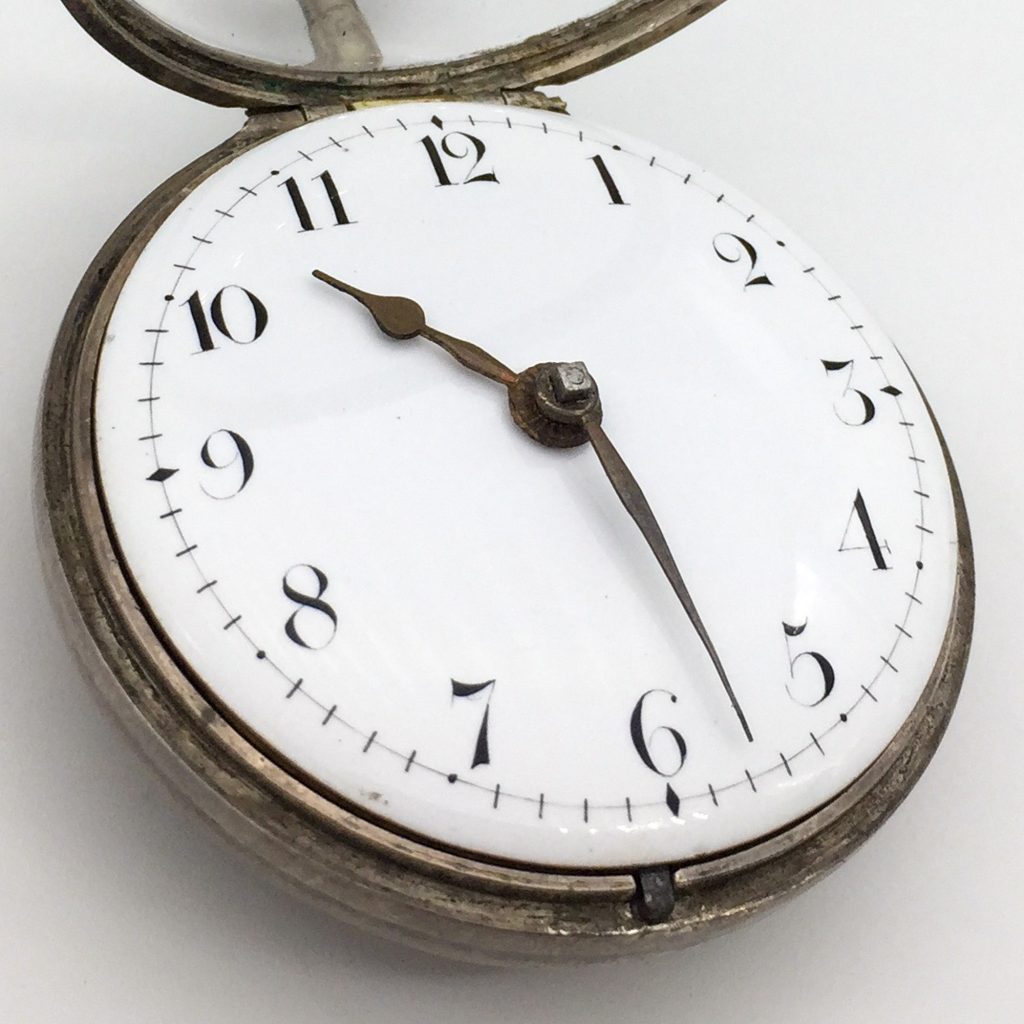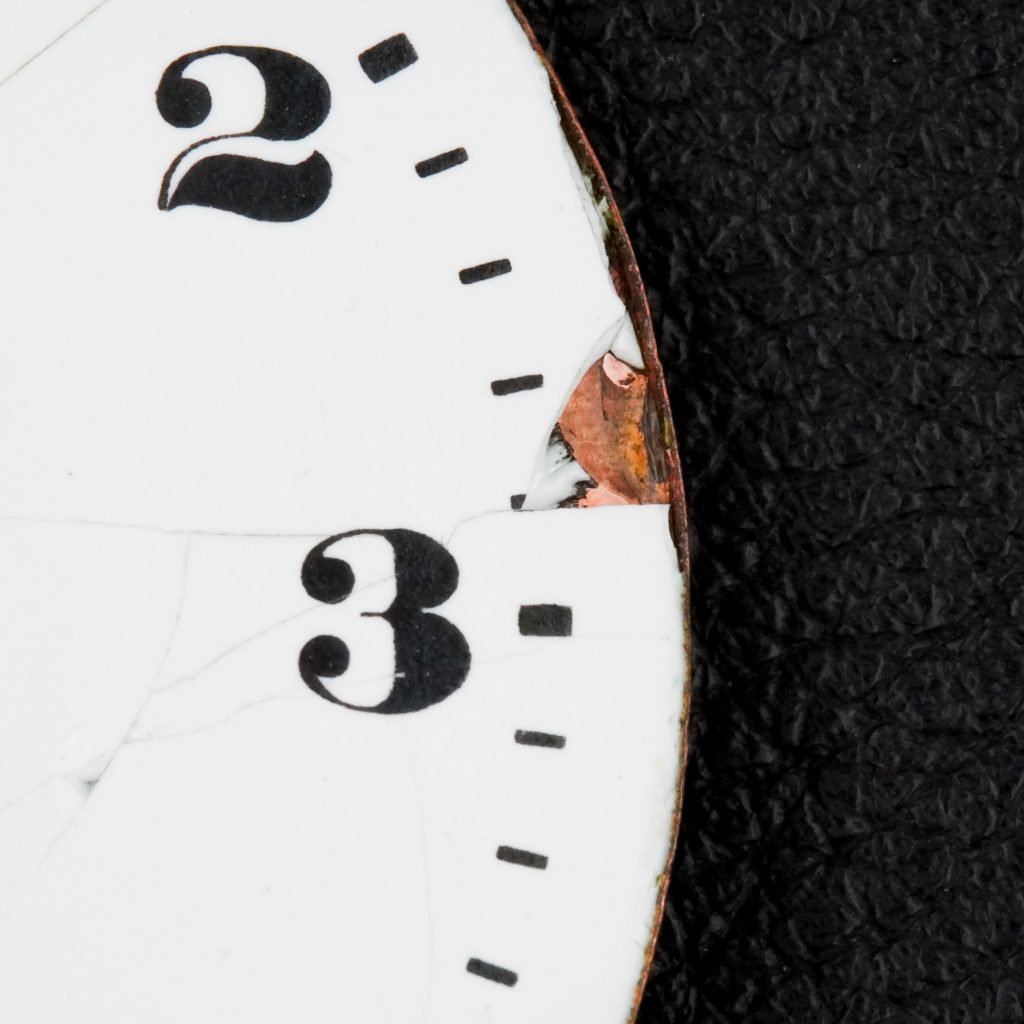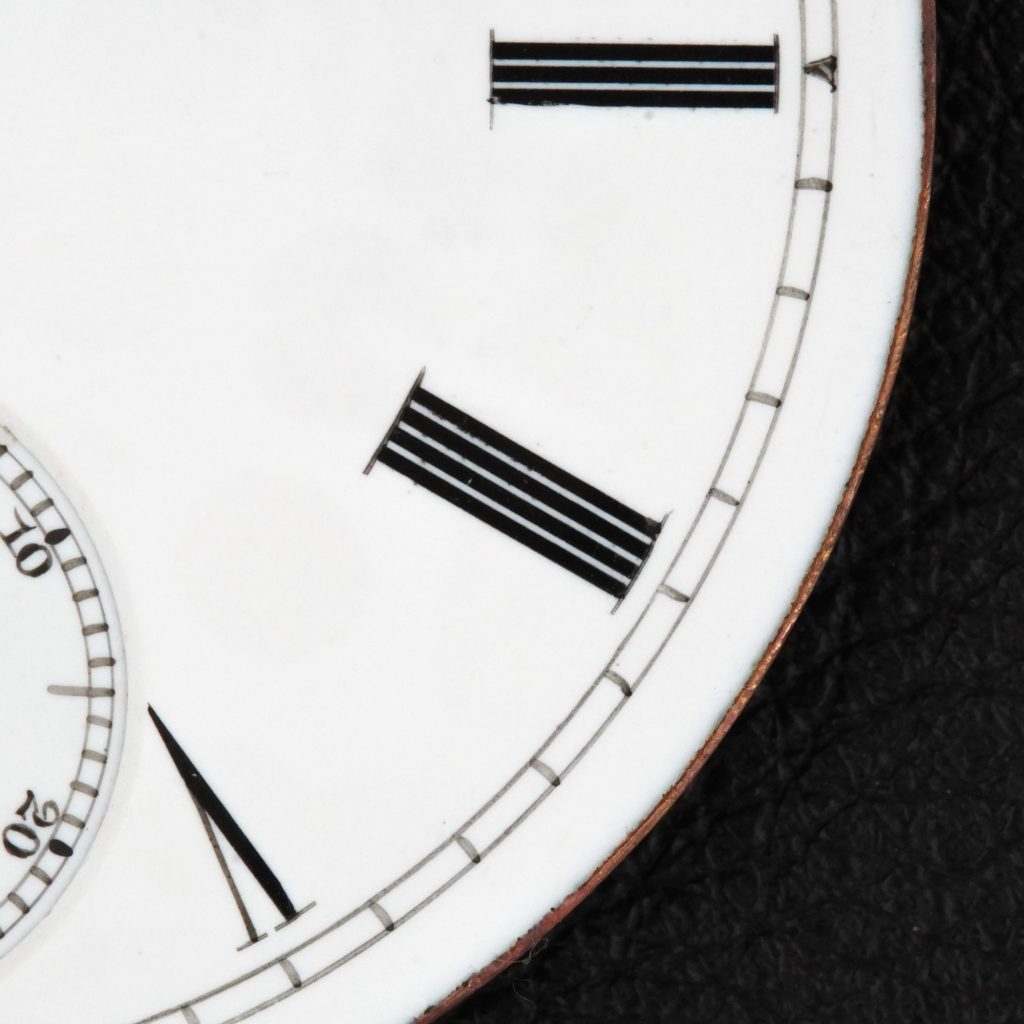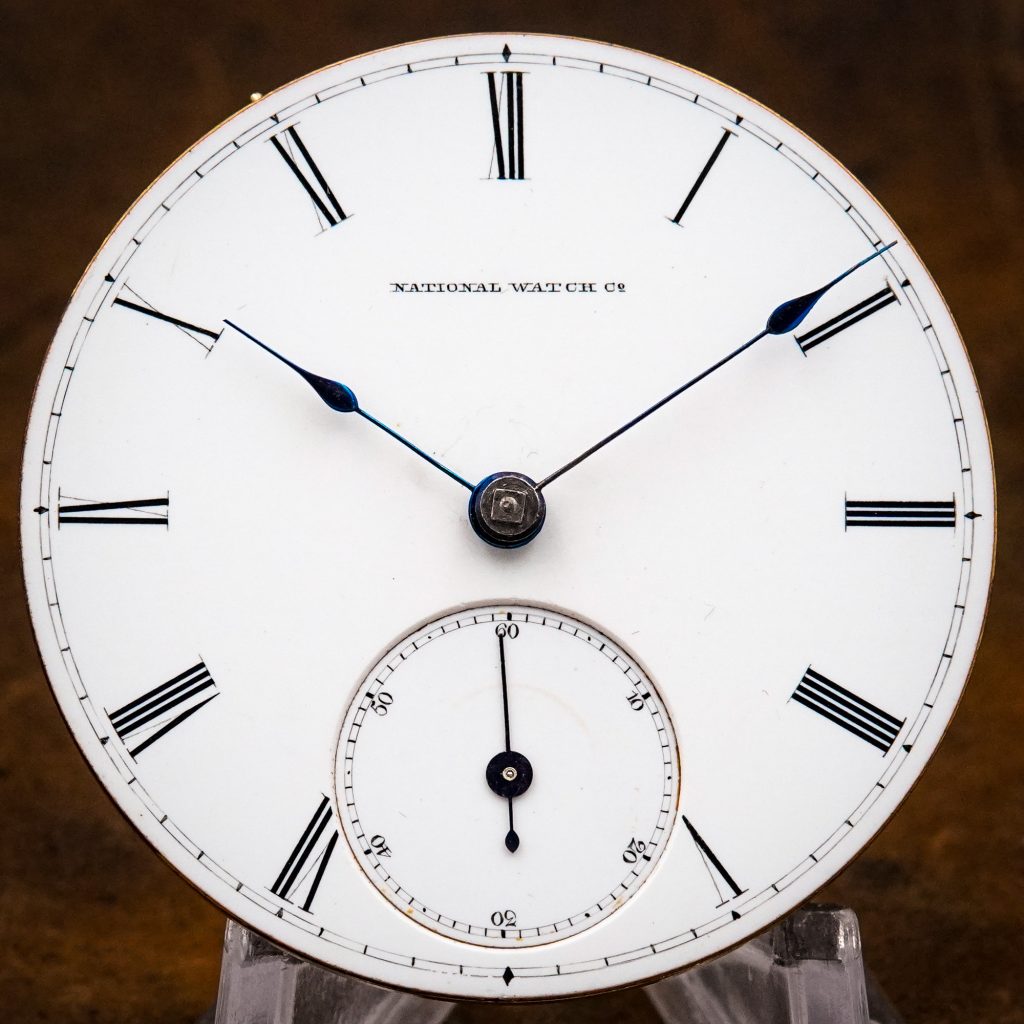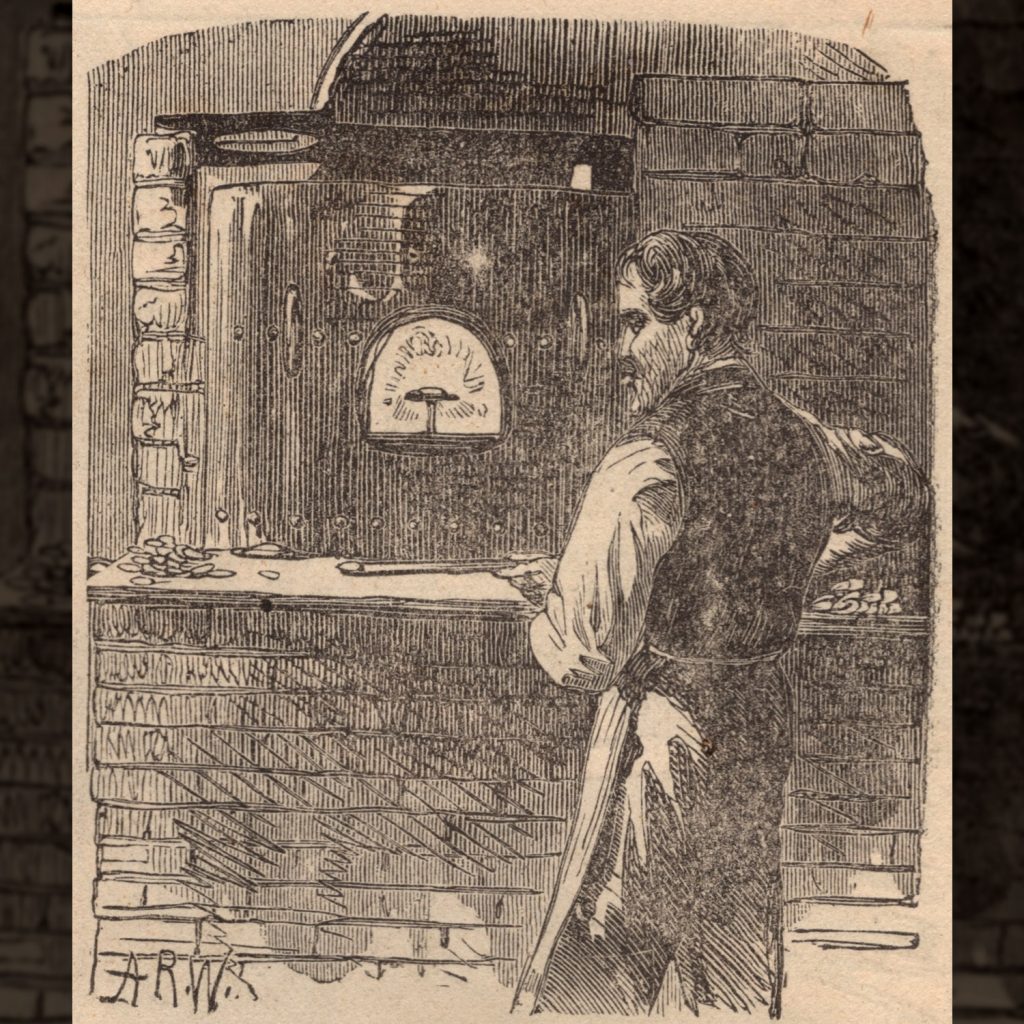Despite receiving little credit for his contributions, the early dial manufacturing process in the United States was greatly influenced by John Webb. Dial making was a delicate process requiring a.
The first dials manufactured by early American watch companies were flat. Not only was this form easier to produce, but it was necessary due to the enamel recipes being too.
Enameled watch dials date back to the 1600s and were common on European watches by the time the watch industry was brought to life in America. When Aaron Dennison and.
One of the common inaccuracies made by new collectors is using the terminology “porcelain dial” instead of enamel. While similarities are shared between the two materials, porcelain is a ceramic.
Continuing the article from yesterday describing the early process of dial production at the National Watch Company: “Then the dial goes to an artist, who, holding it under a magnifier,.
In 1869, Harper’s Monthly Magazine published an article by Albert D. Richardson describing his recent visit to the National Watch Company factory in Elgin, Illinois. Within a series of department.
